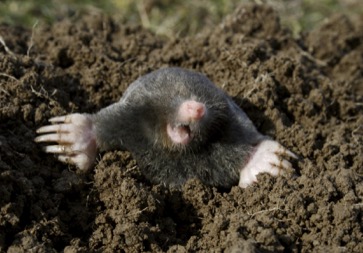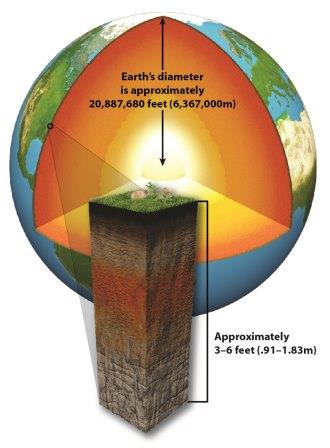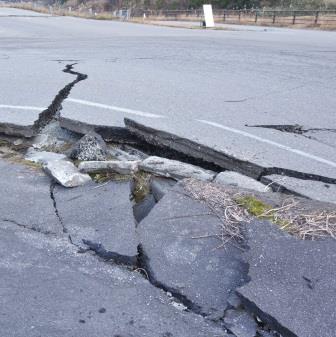Soil Health
 We Gotta Have It, But Will We?
We Gotta Have It, But Will We?
What do soil and oil have in common? Both are natural resources, materials produced by Earth. Oil is a non-renewable resource. But what about soil? Could we ever run out?
Not exactly. Ask most agronomists and soil scientists, and they will say: Soil isn’t as renewable as we once thought. What they mean is that we can run out of “quality soil.” That’s soil that is healthy enough to produce an abundance of crops or livestock year after year.
Here’s what’s going on. During the past 50 years, quality soils have been lost—degraded—faster than nature can rebuild them. Most crops need at least four to five inches of healthy soil to grow well. But, one inch of soil can take 500 years to form. That’s more than five lifetimes. So, on a human time scale, soil is a non-renewable resource.
At the same time that soil resources are declining, world population is growing. In less than 35 years, we’ll need our soils to produce 70% more food, fiber, and sources of energy. And, we need to do so in a way that protects the environment for the future. That’s a huge challenge for agronomists and soil scientists.
 So let’s learn more about soil!
So let’s learn more about soil!
Soil covers about 30% of the Earth’s surface. It’s the building block for all the ecosystems that form on land. The thickest soils are only about 9 feet deep, while the depth of the Earth from its surface to its core is over 20,000,000 feet! Soil is a complex mixture of minerals, air, water, and organic matter – organisms and the decaying remains of once-living ones.
What’s So Important About Soil?
Soil performs many critical functions in almost any ecosystem (whether it’s a farm, forest, prairie, marsh, or city) and to perform these functions, we need health soils! Soils:
- Serve as a media for plants,
- Help the atmosphere by absorbing gases and dust,
- Provide a habitat for animals that live in the soil (such as groundhogs and mice) or organisms (such as bacteria and fungi),
- Clean and capture water,
- Process recycled nutrients for use over and over again,
- Are the foundation for construction of houses, roads, dams, buildings,
- And so much more!
 So What is Soil?
So What is Soil?
There are many soil properties that help us describe and manage soils. From how it forms, to its texture, structure, and color – these properties tell us about the soil. Read more in the Soils Sustain Life! A Soils Overview, provided by the Soil Science Society of America.

